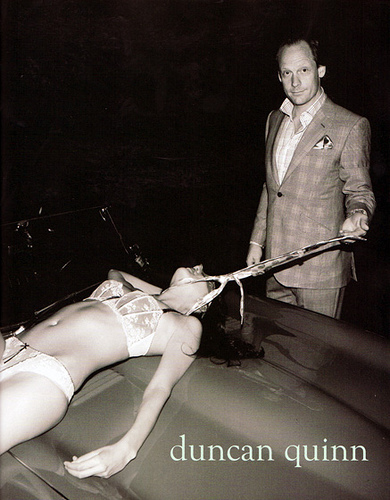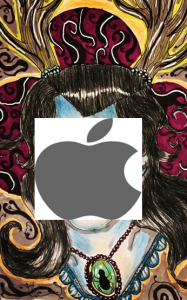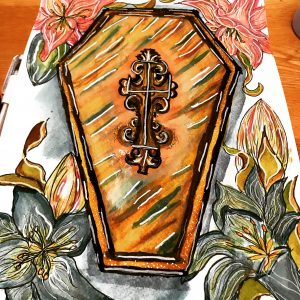The key concepts of interactive narrative
 the interactive narrative genre has been around as early as the 1970s with the pioneer of interactive fiction ‘colossal cave adventure’ a text based rpg, with many successors both in video games and traditional tabletop games and even books, good examples being Secret of Monkey island, dungeons & dragons, Steve Jackson/Ian livingstone fightting fantasy books and so on.
the interactive narrative genre has been around as early as the 1970s with the pioneer of interactive fiction ‘colossal cave adventure’ a text based rpg, with many successors both in video games and traditional tabletop games and even books, good examples being Secret of Monkey island, dungeons & dragons, Steve Jackson/Ian livingstone fightting fantasy books and so on.
the example i’m using for the key concepts of narrative game play is 1993’s adventure puzzle video game; MYST developed by cyan inc. and was one of the first ever CD rom games ever created and contributed to the success of the medium in its early phases, the game was designed by brothers Rand and Robyn Miller and originally published by Broderbund.
when rand, his brother and his team set out to make MYST they had an ambitious idea in mind: to make a unique and interesting game world filled with lore and puzzles and a sense of adventure and discovery much like classic text based rpgs and dungeons & dragons. in an interview on the creation of MYST, rand says ‘When we decided to make ‘MYST’ we made a conscious effort to take the idea of building places, building unique worlds and add purpose and story and a certain level of sophistication that would appeal to an older audience‘ (miller, 2008)
In essence, he wanted to create a brand new video game experience inspired by earlier titles such as Colossal Cave adventure, Zork and dungeons & dragons to name a few that would drop players into a fully realised world they could explore at their will but unlike most games of the time, you simply begin exploring straight away with no objectives, no inventory and no explanation given. the idea was to give players a personally driven experience where they’d learn the lore of the deserted island they were placed on, take notes essential to puzzle solving, read notes and progress on their own steam. this is what i see as an integral part of the interactive narrative genre, a certain level of synergy between the player and the game that few other games can offer
Does interactive narrative have a place in today’s industry?
I certainly think interactive narrative has a place in the modern gaming industry, although its form has taken on many new faces and even genres over the years, the core elements remain mostly the same, particularly exploration and that player-game synergy i mentioned earlier.
Although admittedly some pull this off better than others, sometimes by even by accident or just by hinting at an existing lore that players have to dig deep into the game to find and encourage speculation and discussion among the community of those games. popular examples of interactive narrative include Heavy rain, Telltales’ walking dead, the Stanley parable etc. although what exactly an interactive narrative is defined as has slowly become more abstract and expressive as gaming technology advances and becomes more accessible to the general public.
All kinds of niches are being found where there might not have been pre-internet thanks to freeware and indie games and even in the bigger game studios and companies where you can find amazing directors working with art directors and concept artists and modellers to painstakingly create stunning, impactful games that are sure to be remembered, a few i can think of right off the bat are fromsoftware’s dark souls with its deep layers of lore integrated into the very fabric of the world and the game design as a whole, silent hill 2 with its foreboding atmosphere, mystery, character development, bleak story and abstract terror and even the metal gear solid series with its deep world and character development alongside Hideo Kojima’s genius game direction.
Interactive narrative isn’t just alive and well, its becoming more popular than before with a majority of players finding themselves craving a story and a reason to care about why they do what they do during their playtime, wanting to invest themselves in a games world, history and characters, the game industry doesn’t always deliver this but now that its in demand things may begin to change, it certainly has a place in the industry and with luck, it will take its rightful place among game designs more popular contemporaries.
Bibliography
-Miller, R. (2008). Interview with Rand Miller. [online] YouTube. Available at: https://www.youtube.com/watch?v=swKLShfRkbA [Accessed 3 Dec. 2017].
-Giant Bomb. (2015). Myst. [online] Available at: https://www.giantbomb.com/myst/3030-3970/ [Accessed 6 Dec. 2017].
-Cyan inc. (2017). Myst box art. [image] Available at: http://www.mobygames.com/images/covers/l/57745-myst-amiga-front-cover.jpg [Accessed 6 Dec. 2017].



